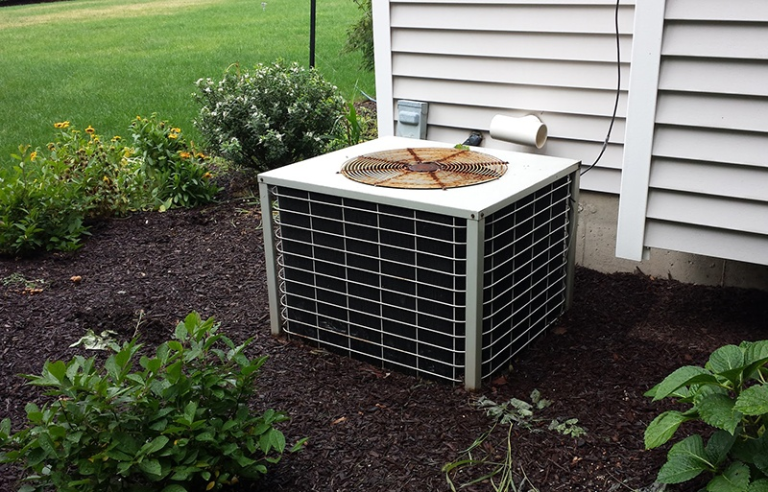Common Materials Used in Aircraft Protection Covers
Aircraft protective covers safeguard various components of an aircraft from environmental elements while also ensuring that delicate parts remain in good condition even when the aircraft is not in use. These coverings are made of a variety of materials, each chosen for its ability to withstand specific challenges, such as exposure to extreme weather, UV radiation, filth, moisture, and physical damage. This article investigates the most often used materials in aircraft protection covers, as well as their applications and benefits.
Durable Fabrics for Aircraft Covers
Durable, high-strength fabric is among the most often used materials for airplane protection covers. Because they resist UV radiation, water, and abrasions, fabrics including polyester, nylon, and acrylic are rather popular. For covers exposed to direct sunlight for long periods, polyester is well-known for its great UV radiation resistance. Likewise, nylon is tough yet light, offering protection without adding pointless weight to the aircraft. Because they provide exceptional water resistance and are rather robust in severe weather, acrylic-coated textiles are also rather popular. Perfect for covering important elements of the aircraft, like the fuselage and wings, these materials are sometimes coated with unique coatings to improve their resistance to dirt, stains, and weathering.
Rubber and Elastomers for Seals and Gaskets
Rubber, especially elastomers, is another essential component utilized in covers for aircraft protection. Selected for their adaptability and capacity to form tight seals around aircraft components, elastomeric materials help to prevent the entrance of moisture, dust, and other pollutants. Seals and gaskets on airplane cover used to protect the engine and pitot tubes, which are critical for airspeed measurement, are frequently built from these materials. Rubber materials also provide a cushioning effect, protecting sensitive components from scratches or other physical damage during shipping or storage.
High-Temperature Resistant Materials for Engine Covers
Materials with great heat resistance are vital for places like engine covers where high temperatures abound. Among these materials are ceramic coatings, silicone rubber, and fiberglass which can resist high temperatures without losing their protective properties. Usually combined with other materials, fiberglass offers a robust, heat-resistant shell for engine covers. Because of its great thermal stability and tolerance to both high and low temperatures, silicone rubber is another often-used material in engine covers. Silicone is very useful for aircraft protection covers since it is a flexible and resilient material that holds even during very strong temperature swings.
Aluminum and Metal Alloys for Structural Protection
Aluminum and other metal alloys are commonly utilized to create more rigid airplane protective covers that require structural strength. Important parts like the aircraft’s control surfaces, wheel wells, and landing gear call for these materials, notably in protection. For covers that must hide critical mechanical components from harm during ground operations, aluminum is lightweight, corrosion-resistant, and offers outstanding protection against impacts. Certain aircraft coverings also combine composite materials with aluminum to provide the ideal mix of strength and weight.
Nylon Probe Material for Aircraft Protection Covers
Nylon is one of the most versatile materials used in aircraft protection covers, particularly for probe covers. Its lightweight nature, combined with exceptional strength and flexibility, makes it an excellent choice for protecting sensitive components like pitot tubes. Its ability to resist moisture and maintain its structural integrity under various temperatures further enhances its suitability for aviation applications. You can purchase high-quality pitot covers made of high-quality nylon from a reputable vendor to ensure longevity and accuracy. These covers often feature durable stitching and reinforced edges to enhance durability, ensuring reliable performance during extended periods of use.
Conclusion
The performance and safety of an airplane are dependent on its protection covers, which also provide required defense against environmental elements that could threaten its integrity. The materials used to construct these covers will be determined by the aircraft’s specifications, which range from strong fabrics and elasto-meters to high-temperature-resistant materials and lightweight composites.
Every material is carefully chosen for its unique properties, such as UV resistance, flexibility, insulating capacity, and durability, to ensure that the covers provide adequate protection without adding unnecessary aircraft weight. Online platforms offer these vital components to customers in need of covers or other aircraft protection solutions, ensuring that the aircraft is always in top condition and ready for takeoff.
You may also like: Airport IoT Solutions





